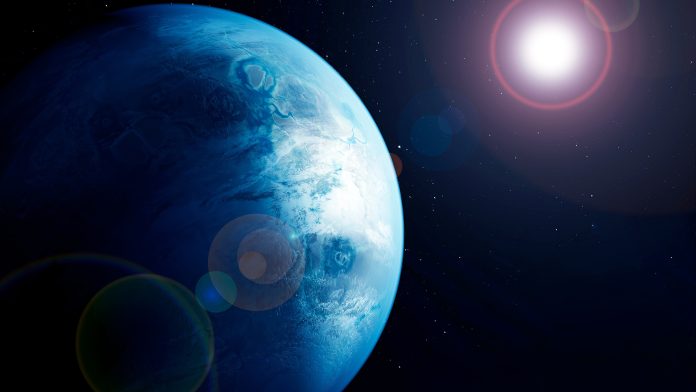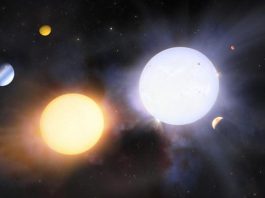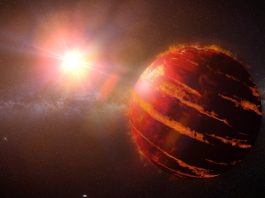After exciting reports last year, did the James Webb Space Telescope actually find signs of life on an exoplanet?
In 2023, NASA’s flagship telescope identified biosignature gas in the atmosphere of an exoplanet called K2-18b, indicating signs of life.
The findings inferred that K2-18b, which is located 120 light years away from Earth, had several conditions that could support life as we know it.
However, despite the news sparking significant excitement among the scientific community and public alike, new research from UC Riverside suggests the findings may not indicate alien life. Well, not yet.
K2-18b’s composition
Most exoplanets are not comparable to Earth, as their temperatures, atmosphere, and climates cannot support life as we know it on Earth.
K2-18b, on the other hand, is different. This exoplanet receives around the same amount of solar radiation as Earth.
Moreover, if the atmosphere is removed as a factor, K2-18b has a similar temperature to our planet.
The exoplanet’s atmosphere is predominantly hydrogen, whereas Earth’s is nitrogen.
Signs of water
The findings fuelled speculation that there are oceans of water on K2-18b, making the exoplanet a ‘Hycean’ world, meaning a combination of a hydrogen atmosphere and water oceans.
Additionally, Cambridge researchers used Webb to identify methane and carbon dioxide in K2-18b’s atmosphere, another sign of life.
Shang-Min Tsai, UC Riverside project scientist and paper author, explained: “What was icing on the cake, in terms of the search for life, is that last year these researchers reported a tentative detection of dimethyl sulfide, or DMS, in the atmosphere of that planet, which is produced by ocean phytoplankton on Earth.”
Investigating DMS
Due to Webb’s data not being able to conclusively prove signs of life on an exoplanet, the UC Riverside researchers investigated whether DMS could accumulate to detectable levels on K2-18b.
The researchers utilised computer models incorporating DMS physics and chemistry within the hydrogen atmosphere.
They concluded that distinguishing DMS from methane in the data is improbable due to significant overlap and that the instrument is limited in this regard.
Nevertheless, they speculate that detectable DMS levels could accumulate if plankton or other life forms were to produce substantially more DMS—around 20 times the current Earth levels.
Future search for Alien life
Detecting life on distant exoplanets poses challenges due to their vast distances from Earth.
To detect DMS on K2-18b, the Webb telescope requires a more sensitive instrument capable of detecting infrared wavelengths.
Fortunately, such an instrument is slated for use later this year, promising a definitive answer regarding the presence of life on K2-18b.








